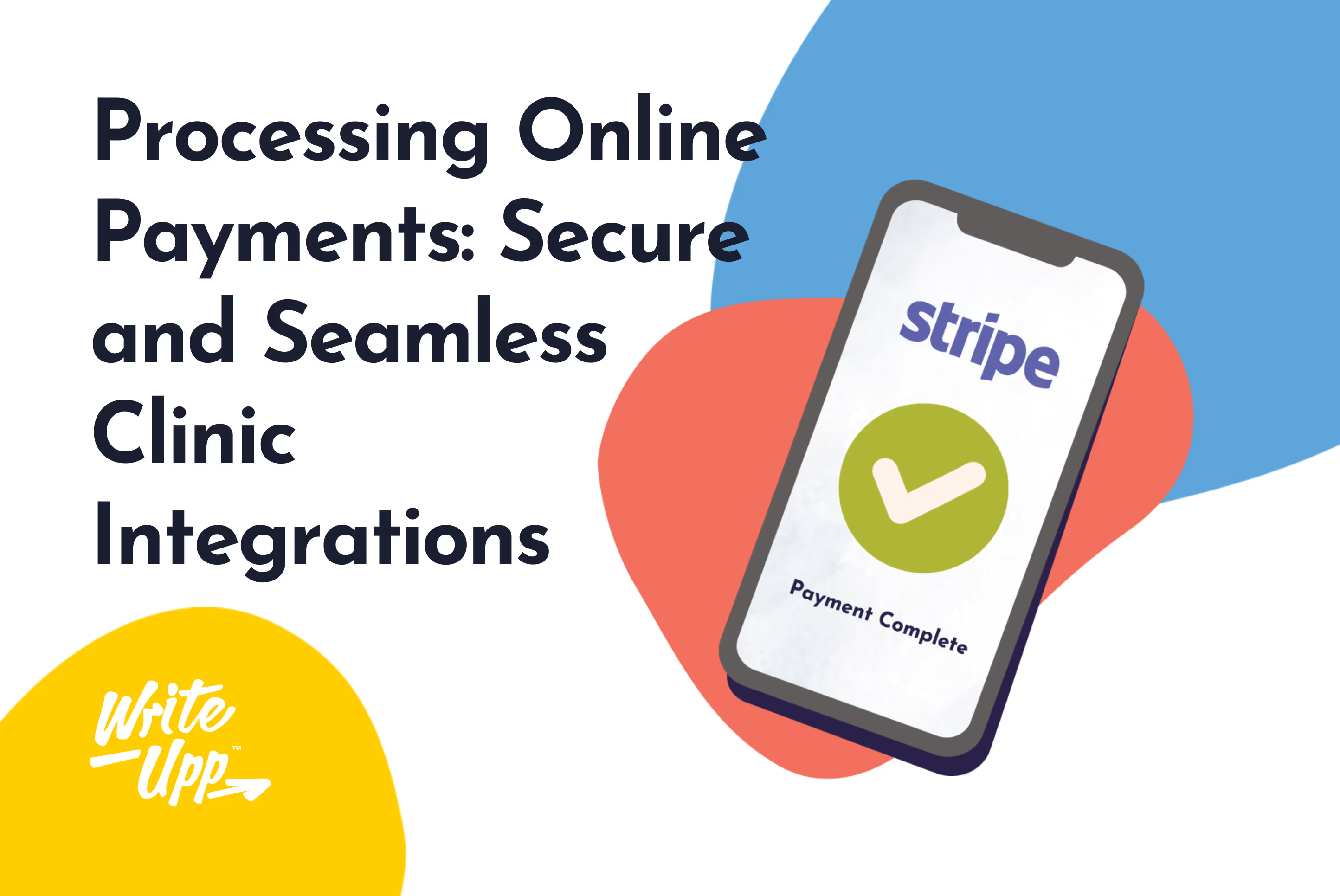This article provides evidence of the significant shift towards mobile internet usage both amongst clients in the healthcare industry and more broadly across the population. It also explains how you can verify if your site is mobile friendly (or better still mobile optimised) and what the implications of not having a mobile friendly site are likely to be. It concludes by discussing what you might wish to do if your site isn't currently mobile friendly.
The Evidence
Based on usage data from our online booking platform in September 2019 just over 70% of all sessions came from mobile devices or tablets. This may come as a surprise but sometimes we detach our own personal experiences (of using our mobiles all the time) from our impression of the typical user visiting our website. The bottom line is that the vast majority of people who are booking appointments (many thousands per day) with healthcare professionals are doing so on mobile devices.Consequently, if your website isn’t mobile friendly (I’ll go on to explain what I mean by this later) you’re very likely to be missing out on opportunities, bookings, market share and income.Still not convinced? Here are a few broader statistics about mobile usage from Ofcom's latest Communications Market Report 2018
- UK adults spent 75% of their time online on a smartphone or tablet
- Nearly half (48%) of UK internet users stated that smartphones were their most important device for accessing the internet
- UK adults spent on average 3 hours per day online
- 62% of people say they could not live without their mobile phone
Moreover, this rapid shift towards mobile is resulting in companies like Starling Bank and Monzo launching mobile-only products and services. For these new entrants in the banking sector there's no web or desktop interface to access their services. The only option is mobile. If this trend continues (and it looks like it will) the general expectation from consumers will be that they should be able to do everything (research, shop, read book etc) on their mobile with no compromises.
Some Simple Tests
Check out your own site on your mobile
- Open a commonly used browser on your phone like Chrome, Safari or Firefox
- Go to your practice’s website
- If your website looks something like the image on the left your site is probably not mobile friendly. The simple clues are: The text is tiny and more or less unreadableThe text fields and buttons are too small to be usable on a mobile device
- The site is hard to navigate
- The pages load slowly
- If your website looks something like the image on the right your site is probably mobile friendly. The clues are:The text is scaled correctly and is perfectly readableThe text fields and buttons are usable and clickable on a mobile device
- The pages load quickly
- The site navigation is adjusted to reflect the smaller screen size
Why does it matter?
- MOST of your prospective new clients will learn about you, your practice and what you can do for them on their mobile not on their computer. If your site is slow to load, difficult to navigate and hard to read they will very quickly move on and find another provider where there's less friction.
- MOST of your existing clients will want to book appointments with you on their mobile. If your online booking mechanism isn't mobile friendly or worse still if you don't provide online booking you may find that you lose some of your hard won clients because it's easier, quicker and more convenient to book elsewhere. It has nothing to do with you, your capabilities or your practice its just less hassle.
Bottom Line: Friction and hassle = Lost Bookings
What to do?
If your website isn't mobile friendly it's probably time to look at creating a new site or getting one built. These days most of the site building tools like Wix, Squarespace or Wordpress provide mobile optimised themes so if you fancy creating your new site yourself then this would be a great place to start.Be sure to:
- Keep images small so that pages load quickly
- Avoid using features that won't work smoothly on a mobile device, such as sidebars
- Make sure you spend us much time designing the mobile version as you do the desktop version. Most site building tools default to the desktop view and so it's easy for this to become your focus. In reality most visitors will be on a mobile device so spend as much (if not more) time on the mobile version
- Keep copy short and concise. People spend on average 3 hours per day on their mobile but they don't want to spend that long on your site :-)
- Bear in mind that many visitors decide on whether or not to continue reading a site within the first 3 seconds of hitting your homepage so make it compelling on mobile (as well as desktop)
- Think carefully about pop-ups. They work well on desktop but not so much on mobile and some browsers block them, which can be a challenge for a mobile app development company looking to enhance user engagement.
Alternatively, if you want to get a site built for you any developer or agency worth their salt should be fully aware of the importance of mobile but it might be worth just asking the question. In our experience one thing that does tend to happen when you get a site designed/built is that there is a tremendous amount of attention focused on the desktop design and in many cases the mobile /responsive design is something of an after thought. It shouldn't be - it should be front and centre.



Join over 50,000 clinicians that we've helped using WriteUpp
Start my free trial







